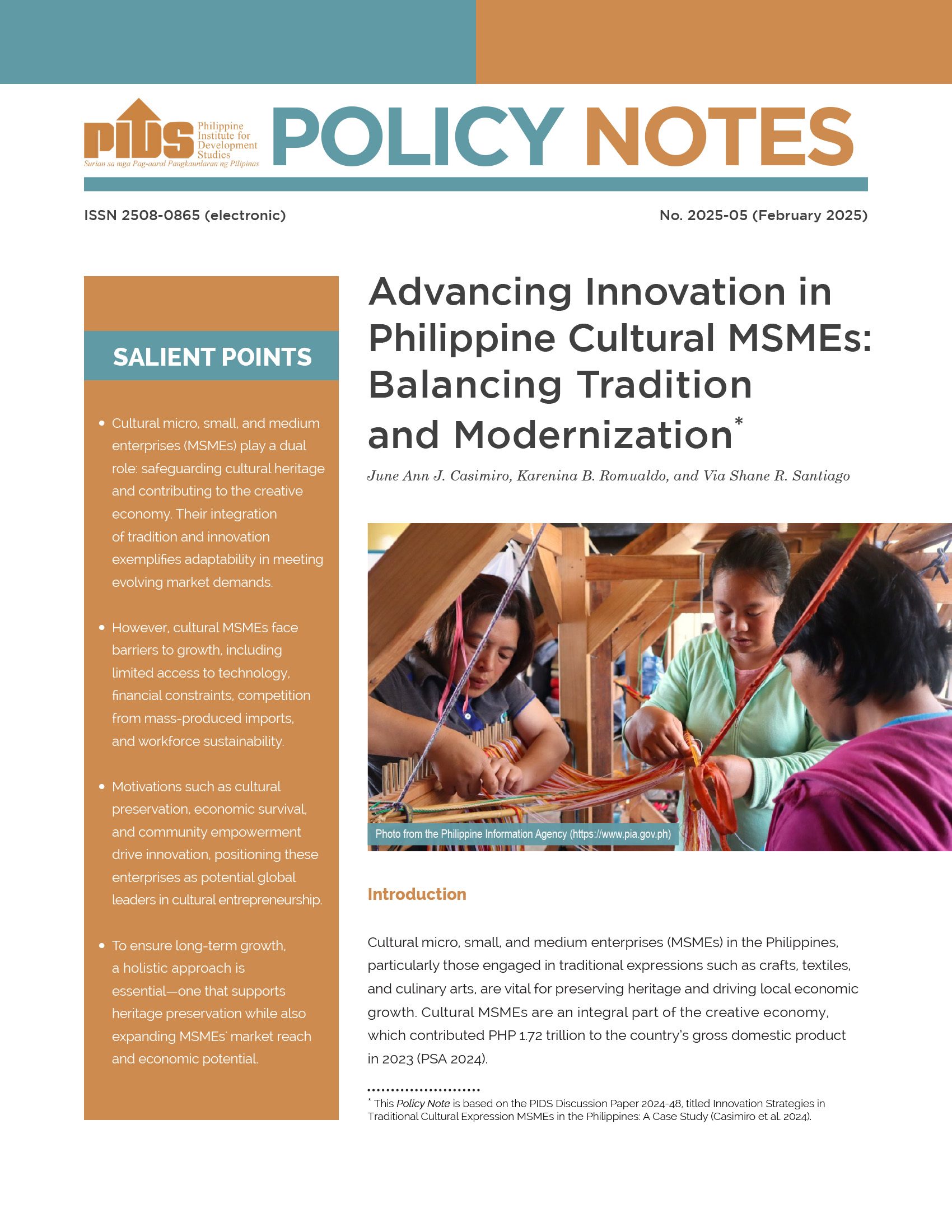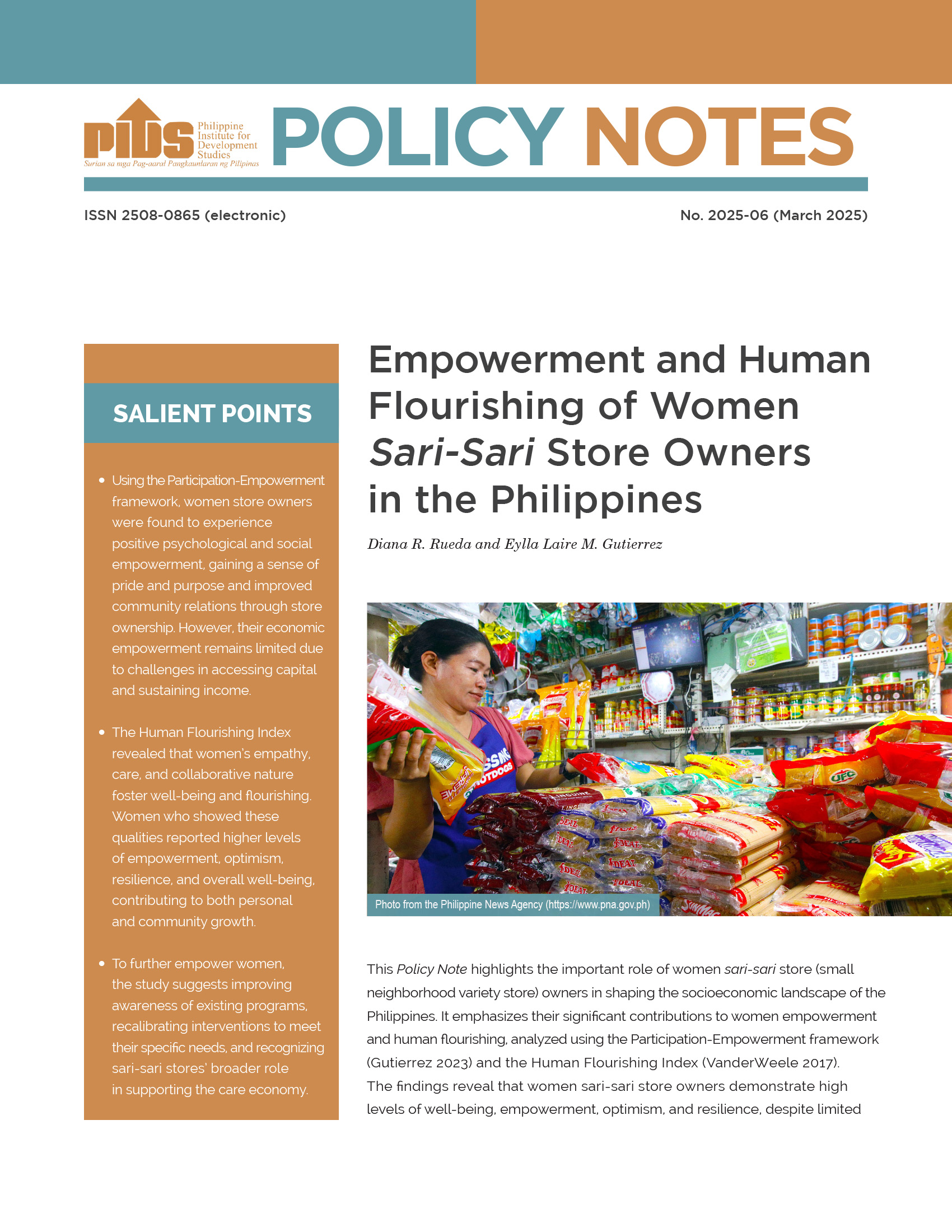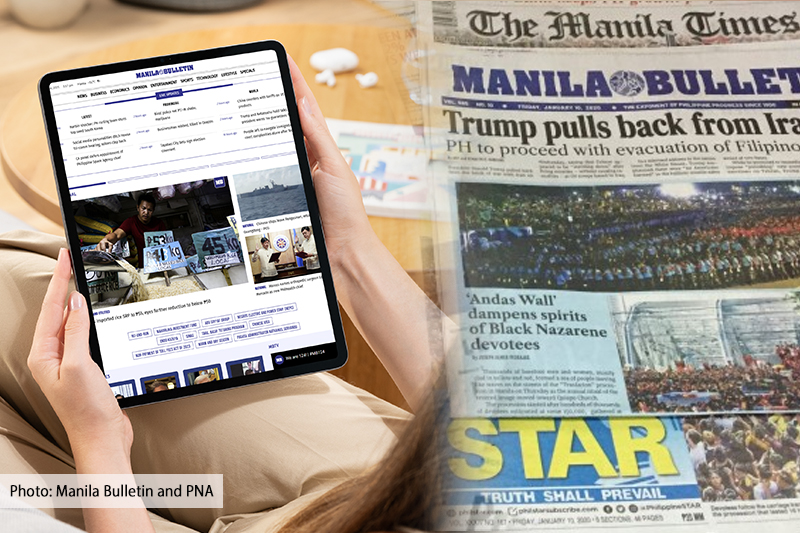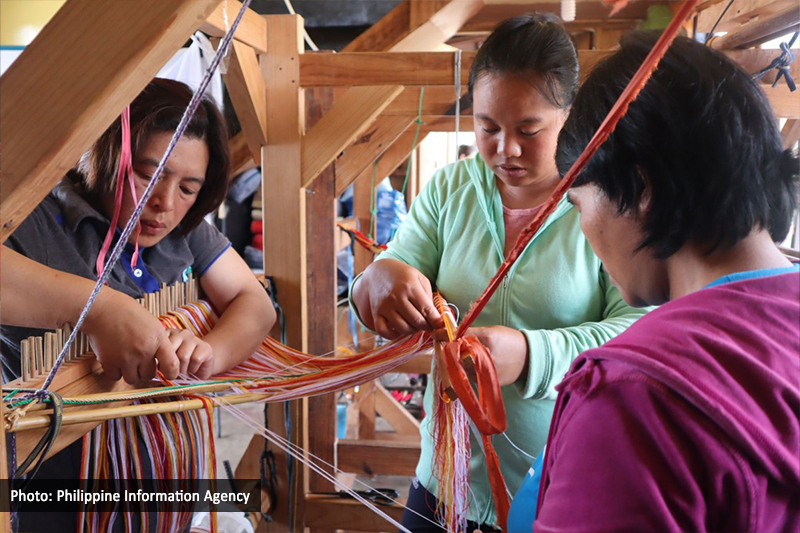The Philippines and the US will start strategic dialogue end of this month for the planned bilateral free trade agreement where the former will push for market access for garments and textile and agriculture products.
This developed after President Donald Trump during his bilateral meeting with the Philippines on the occasion of the 31st ASEAN Summit and Related Meetings welcomed the proposed FTA.br />
“We will go to the US at the end of the month for the bilateral strategic dialogue,” said Trade and Industry Undersecretary Ceferino S. Rodolfo noting that talks will be held under the Trade Investment Framework Agreement (TIFA).br />
During this meeting, Rodolfo said the Philippines will start discussing the planned FTA. Discussions might be confined first in the area of scoping and timelines.br />
Initially, Rodolfo sees the Philippines pushing for market access of the Philippines garment and textile and agricultural products into the huge US market.br />
As much as 75 percent of Philippine exports to the US are already entitled to zero duty or preferential duty under the US-GSP scheme, but Rodolfo said there are still other products such as garments and textile, wristwatches and agricultural exports like carrageenan and seaweed with higher tariff walls.br />
The US side may also push for its own interest in the areas of public services in the utilities sector. The US may also want more access for some of its meat products.br />
According to Rodolfo, the US has been delighted by the move of the government to amend the Philippines Public Services Act, which may now allow higher foreign equity investments in this once closed sector, such as public utilities, of the economy.br />
All these will serve as a framework for American businesses to take advantage to invest here and make the Philippines its hub.br />
A bilateral FTA with the US may also prove easier as inception studies by the Philippine Institute of Development Studies have already been completed two months ago. The Trump administration has also become more open to bilateral FTA than multilateral or regional FTAs.br />
But forging bilateral FTA can also take longer time to finish depending on the complexity of the deal. It only took a year for the Philippines to conclude an FTA with the European Free Trade Association, but the deal with Japan took longer at 3 years. But it would be wise to conclude the FTA with the US in three years or before the end of the Trump administration. Over the past decade, two-way trade between the United States and the Philippines has grown by more than 25 percent. In 2016, US exports to the Philippines increased 9 percent to $8.3 billion, with top export categories including electrical machinery, machinery, cereals, aircraft, and soybean flour.br />
US services exports to the Philippines have increased by more than 60 percent since 2006 and now total $2.5 billion. In 2016, the Philippines was the United States’ 31st largest goods export market.br />
The stock of US foreign direct investments (FDI) in Philippines was $4.7 billion in 2015 and the stock of Philippines’s FDI in the United States was $1.2 billion in 2015. The United States is the Philippines third largest trading partner after China and Japan.
This developed after President Donald Trump during his bilateral meeting with the Philippines on the occasion of the 31st ASEAN Summit and Related Meetings welcomed the proposed FTA.br />
“We will go to the US at the end of the month for the bilateral strategic dialogue,” said Trade and Industry Undersecretary Ceferino S. Rodolfo noting that talks will be held under the Trade Investment Framework Agreement (TIFA).br />
During this meeting, Rodolfo said the Philippines will start discussing the planned FTA. Discussions might be confined first in the area of scoping and timelines.br />
Initially, Rodolfo sees the Philippines pushing for market access of the Philippines garment and textile and agricultural products into the huge US market.br />
As much as 75 percent of Philippine exports to the US are already entitled to zero duty or preferential duty under the US-GSP scheme, but Rodolfo said there are still other products such as garments and textile, wristwatches and agricultural exports like carrageenan and seaweed with higher tariff walls.br />
The US side may also push for its own interest in the areas of public services in the utilities sector. The US may also want more access for some of its meat products.br />
According to Rodolfo, the US has been delighted by the move of the government to amend the Philippines Public Services Act, which may now allow higher foreign equity investments in this once closed sector, such as public utilities, of the economy.br />
All these will serve as a framework for American businesses to take advantage to invest here and make the Philippines its hub.br />
A bilateral FTA with the US may also prove easier as inception studies by the Philippine Institute of Development Studies have already been completed two months ago. The Trump administration has also become more open to bilateral FTA than multilateral or regional FTAs.br />
But forging bilateral FTA can also take longer time to finish depending on the complexity of the deal. It only took a year for the Philippines to conclude an FTA with the European Free Trade Association, but the deal with Japan took longer at 3 years. But it would be wise to conclude the FTA with the US in three years or before the end of the Trump administration. Over the past decade, two-way trade between the United States and the Philippines has grown by more than 25 percent. In 2016, US exports to the Philippines increased 9 percent to $8.3 billion, with top export categories including electrical machinery, machinery, cereals, aircraft, and soybean flour.br />
US services exports to the Philippines have increased by more than 60 percent since 2006 and now total $2.5 billion. In 2016, the Philippines was the United States’ 31st largest goods export market.br />
The stock of US foreign direct investments (FDI) in Philippines was $4.7 billion in 2015 and the stock of Philippines’s FDI in the United States was $1.2 billion in 2015. The United States is the Philippines third largest trading partner after China and Japan.












